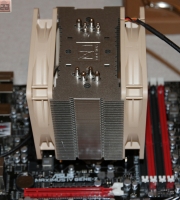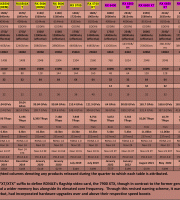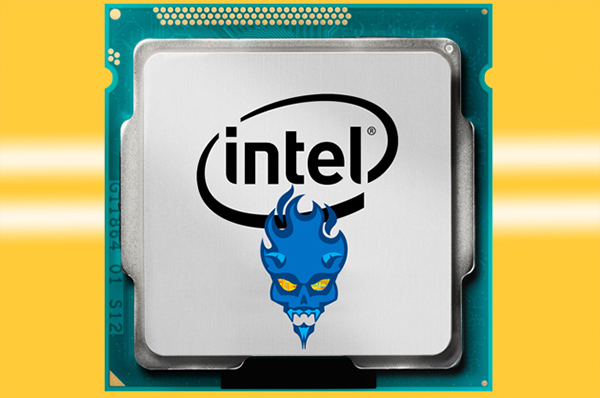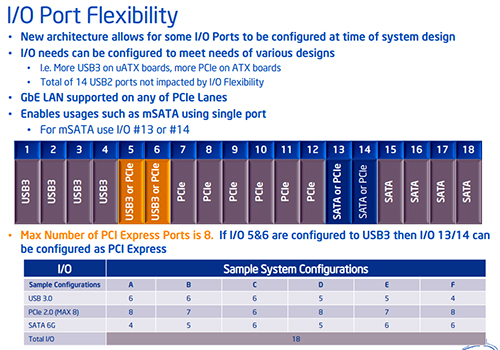


As 2014’s second quarter neared its end, any owner or craver of a smartly priced desktop build with endless scope for future expansion was either more satisfied than a feline by the fireside, or spoilt for choice than a Butcher’s Braid.
The preceding two years had witnessed Baron von Intel lovingly tailor a tantalizing trio of chipsets, each with accompanying processors, to entice his mainstream customers. The z77 materialized in mid 2012, playing host to its mercurial and eco-friendly “ivy Bridge” family. The following summer gave rise to the z87 and “Haswell”, a fourth cocktail of core technology further improving performance, efficiency and features.
A year later more spoils were heaped on the mainstream masses as the z97, another “Haswell” hostel was erected, with two rooms promptly occupied by Mr and Mrs Devil’s Canyon. A duo of extra spicy editions of Intel’s 22nm “Haswell” processor.

The recipe, a potent mixture of extra capacitors, improved thermal interface material and in the case of the superior of the two, a quartet of hyper threaded cores attaining record shattering stock base and turbo frequencies of 4 and 4.4ghz. A leap of close to 15% over the fleetest traditional “Haswell”, the i7-4770k.
Innovative and ambitious motherboard renderers became ever more voracious in their desire for accolades and profit, slicing the market with surgical precision and relentlessly targeting each segment.
Meanwhile, another expectant faction of equally loyal customers waited patiently to be served. These, the “Enthusiasts”, had been granted a solitary chipset almost three years earlier, the x79 and amidst such a hive of mainstream activity, even the most profligate might question whether processors bearing the letter X or motherboards the words “Black Edition” guaranteed the same exclusive enhancements over such a rich assortment of “second division compromises”.
One may well ask how this situation came to pass. The process was the same as it had been for years. Our chip chucking compadre released a fresh or refreshed design, along with guidelines of how it was to be implemented.
The z87 however, introduced a notably less stringent key component, the Platform Controller Hub or PCH. The chip itself was nothing original and had been an inevitable part of Intel’s designs since 2008. But it was this revision which allowed for manufacturers to more freely allocate important resources within the chipset at the time of integration as opposed to having them pre-determined by Intel.

Spare PCI Express Lanes for instance, a traditional mainstream scarcity, could be designated to support extra USB 3 or SATA 6G ports or provide additional bandwidth to PCI Express slots. The principal was known as Flex I/O.